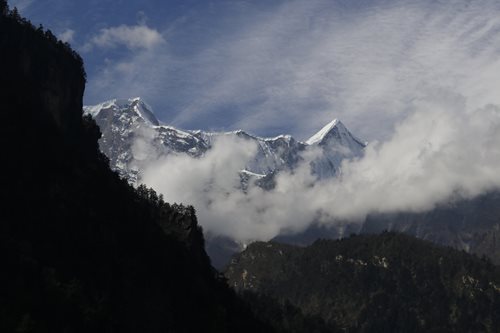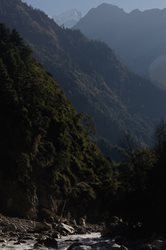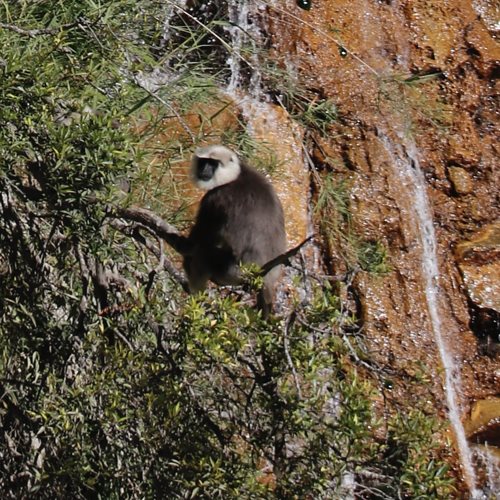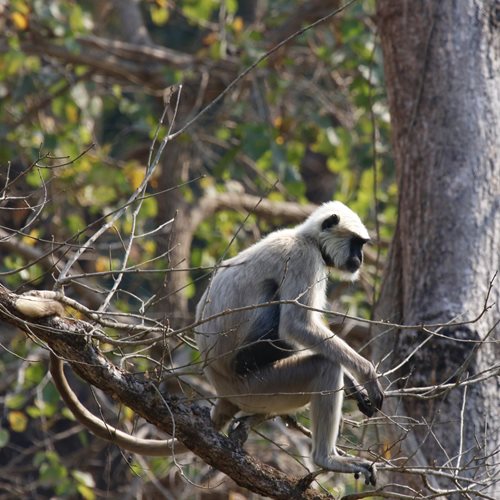In June this year, the mighty Marsyangdi River demonstrated that humans will never absolutely conquer Nature. We harm her, we destroy species and habitats but we’ll never absolutely tame her. During this year’s especially wet monsoon there were three days of torrential rain and the river swelled so much that it scoured away its banks which precipitated a whole series of catastrophic landslides.
Happily no-one died but in the unfortunately named village of Bagarchhap a bridge swept away a small hotel (all that remains is the toilet) and three other hotels as well as numerous homes and the police post tumbled into the river. Three hundred people were made homeless and some were temporarily accommodated in the prison!
Rescue efforts and reconstruction began quickly and JCBs came in to carve out new roads to reconnect Manang to the rest of the country.

Four months on, some tourists are returning to bring employment opportunities and already it is possible to see Nature recolonising the brutalised landscape. Sumptuous butterflies will hardly have noticed the mayhem and there always seem to be plenty of flies to feed the lizard population but I wondered how other species coped. On the beach where sulphurous gases bubbled through the silt and ochre covered some of the boulders, I saw tiny clawless pugmarks and scat full of crunched crab shells showing that at least one jungle cat was finding enough to eat. But then disaster can bring opportunity and cats are consummate opportunists.

I sat alone for a while in the shade of a decapitated juniper tree and my eyes were drawn to movement on the other side of the still-raging river. At first I assumed it was a small rock fall. The Marsyangdi valley is sheer and must be over 1000 metres deep. Eagles patrol the crumbling unstable cliffs but full-sized trees, some shrubs and patches of grass cling on. It took me a moment to make out long skinny tails held high and halo-faced individuals scampering across the vertical rock-face, occasionally knocking down a boulder or two, making daring leaps, using lose rocks or tufts of grass as hand-holds. About a dozen langurs were progressing from one green patch to another seemingly oblivious to the fact that if a hand-hold failed them they’d plunge to their deaths. Nonchalantly they nibbled and snacked or stopped for a good long scratch to arrive at a tree they judged to be good eating.
The troop had entertained me well and I wondered whether I could now muster the energy to walk up to the hot springs a couple of hundred metres above me in the village of Tache.
 |
| Langurs living in the mountains have long dark fur on their backs, unlike the lowlanders |
 |
| I photographed this langur (or leaf monkey) in the lowland forest of Nepal |